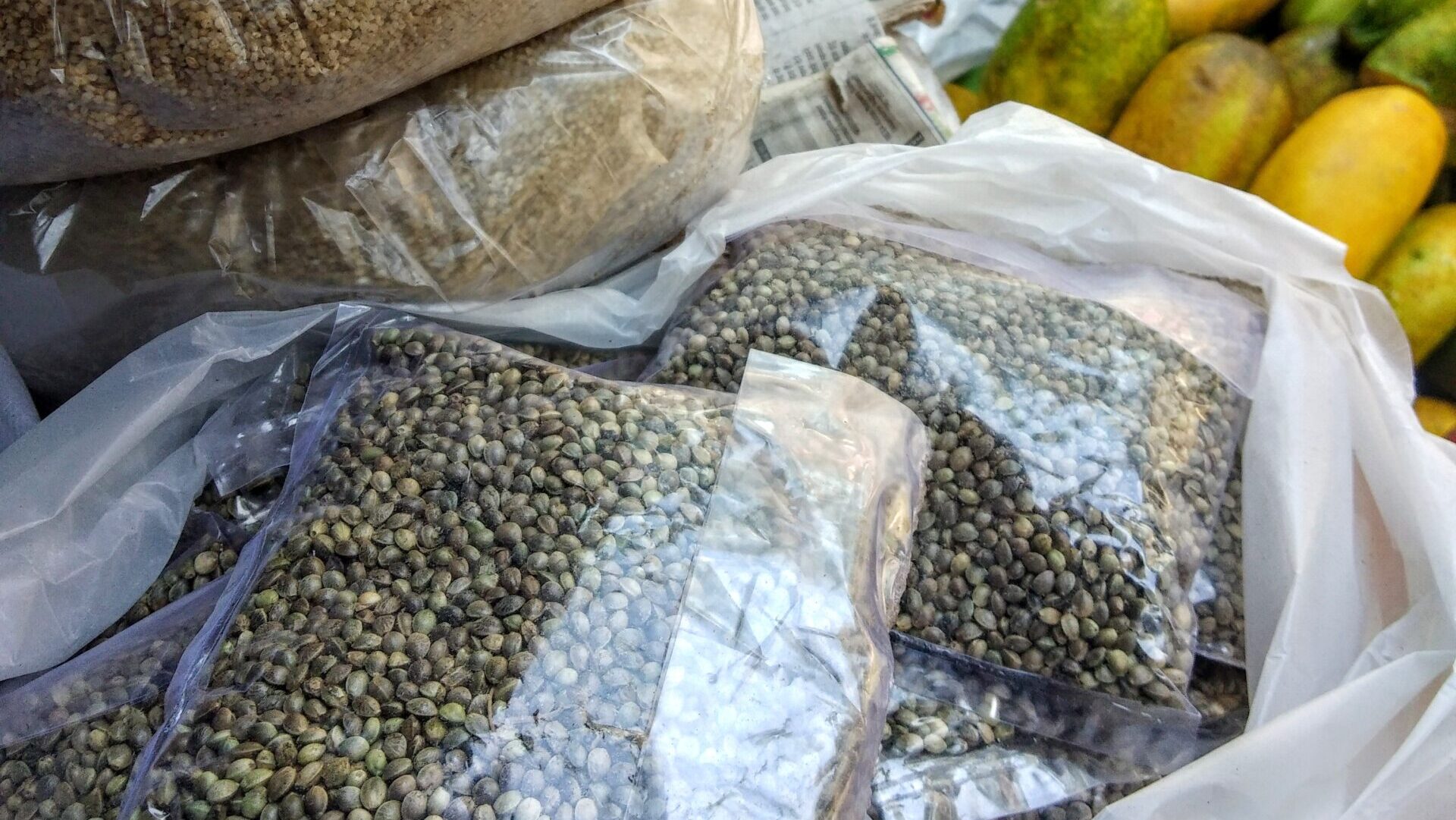
Grow landrace cannabis strains using fair trade seeds from the source
With all the attention paid to America’s legalization push, it is easy to lose sight of the fact that cannabis cultivation – and cannabis culture – go back thousands of years.
Across India and Southeast Asia, indigenous farmers continue to grow cannabis and make hashish using methods that have been passed down for countless generations. Despite a boom in demand and a global push to end the ban, these traditional cannabis production communities continue to struggle economically as climate changes and encroachments on tourism and development threaten their very existence.
And now they find their unique landrace cannabis genetics in danger. Many of these historical lineages go back further than the oldest grape varieties. These landrace cannabis strains may also contain the genetic building blocks for breeding the next generation of groundbreaking hybrid strains.
Ancient Himalayan tribes growing at the source
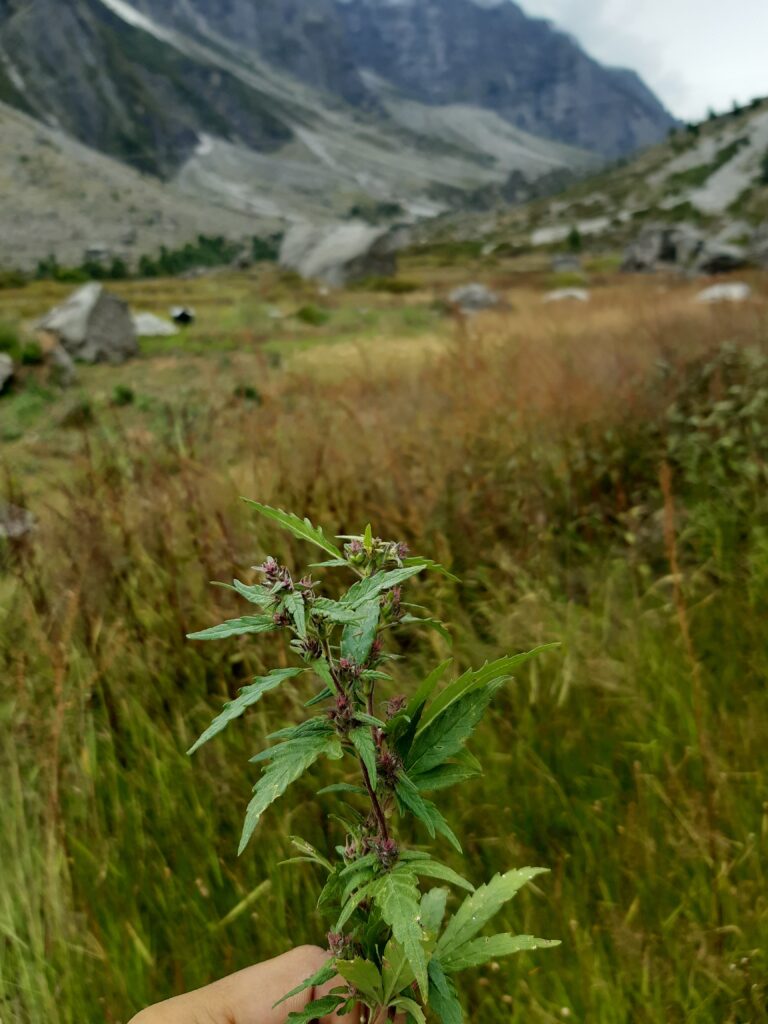
Find, support, and defend landrace tribes
Attempts to locate, preserve, and multiply these strains go back decades. Most of these efforts, however, have been led by geographical and cultural outsiders, often driven by profits rather than conservation.
Over the past five years, a locally run grassroots crowdsourcing initiative has emerged to help defend and support these local cannabis growing communities. The Indian Landrace Exchange describes itself as a “collective of indigenous farmers, seed collectors and conservationists” with the aim of supporting these communities economically and at the same time contributing to the spread and preservation of their landrace tribes.
Grown on site, harvested by hand
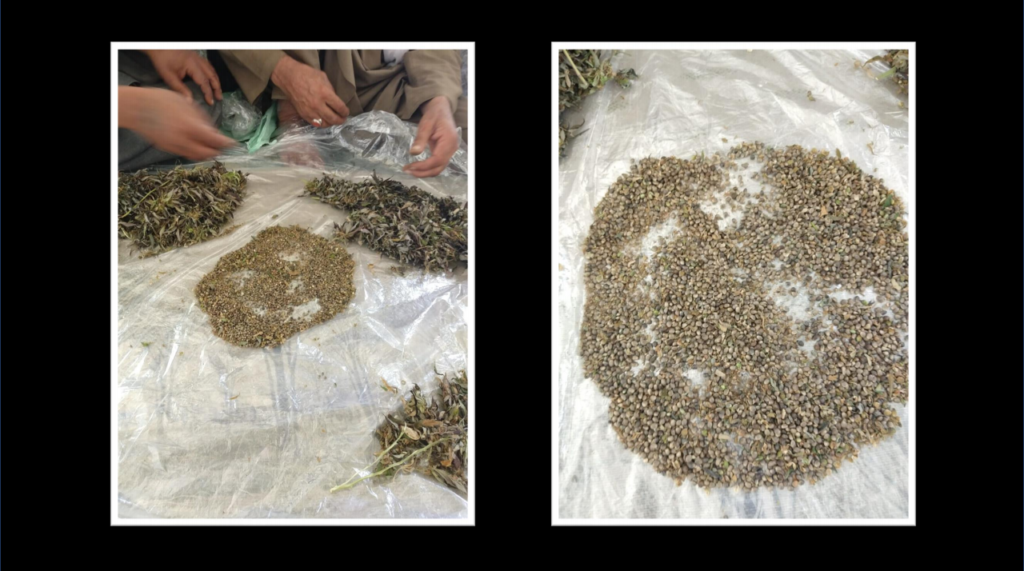
Indian Landrace Exchange enters
To learn more, Leafly spoke to Deepak Chaudhary (@irrazinig), the landrace cannabis conservationist who helped found the Indian Landrace Exchange and continues to coordinate the group’s efforts.
Leafly: When did you first get interested in cannabis?
Deepak Chaudhary: When I started using cannabis, I was smoking hash, which wasn’t always good. So I was having fun, but it didn’t tempt me to delve deeper into this plant. It wasn’t until I got to college that I had a little more contact because I met people from different regions with different cultures and experiences.
I started smoking with people from Himachal Pradesh, a highland region. And I said, “Okay, I want to go wherever this resin is [hashish] comes from. “That was the inspiration that eventually led to the Indian Landrace Exchange.
connected
Leafly’s Guide to Growing Marijuana
Genetics and flowering unique in the region

Leafly: Where did you go first?
Chaudhary: In 2016 I went to Malana, the Mecca of cannabis in India. It’s almost like a religious pilgrimage. It was there that I first saw aborigines using very traditional techniques to preserve their crops and domesticate them. From planting to harvesting to making concentrates and giving them to customers, the whole process was so raw.
As I learned more about these communities, I began to think we should document and preserve this way of life because these remote regions are changing rapidly. Every year there is more tourism, more houses, more shops, and less cannabis.
“When I visited the village, the plants were in full bloom. The smell was everywhere in the air. ”
– Deepak Chaudhary, founder of the Indian Landrace Exchange
The first time I was in October. The plants were in full bloom. When I got to the village, the smell was all over the place. There was no escaping it, and that’s so nice. It is something that makes a very deep impression on you. At harvest time, too, many people sit on their porches and rub the plants down to make hashish, which is basically the crudest form of extraction. While hand rubbing sounds very simple, there are actually a lot of details. It’s a real art.
Technically, cannabis isn’t allowed in India, but there isn’t much law in Malana. The nearest police station is 19 km away and the journey takes three hours. These cops are also from the same area, so they basically understand that these people don’t commit violent crimes or anything like that. They are farmers who happen to have a different choice of harvest and are mostly left alone. So the area around the village is super peaceful.
When I was there, I wanted to visit all of these places, meet people, try to understand their culture and then educate others about it. These include the challenges they face and how the landrace varieties of cannabis they grow are endangered.
I went next to Kashmir and eventually to Southeast Asia and Pakistan. Now we have a network of friends and communities of farmers in all of these places. In this way, the Indian Landrace Exchange organically evolved into a grassroots effort of nearly a hundred people that has taken on a life of its own.
How sticky is that old local bud?
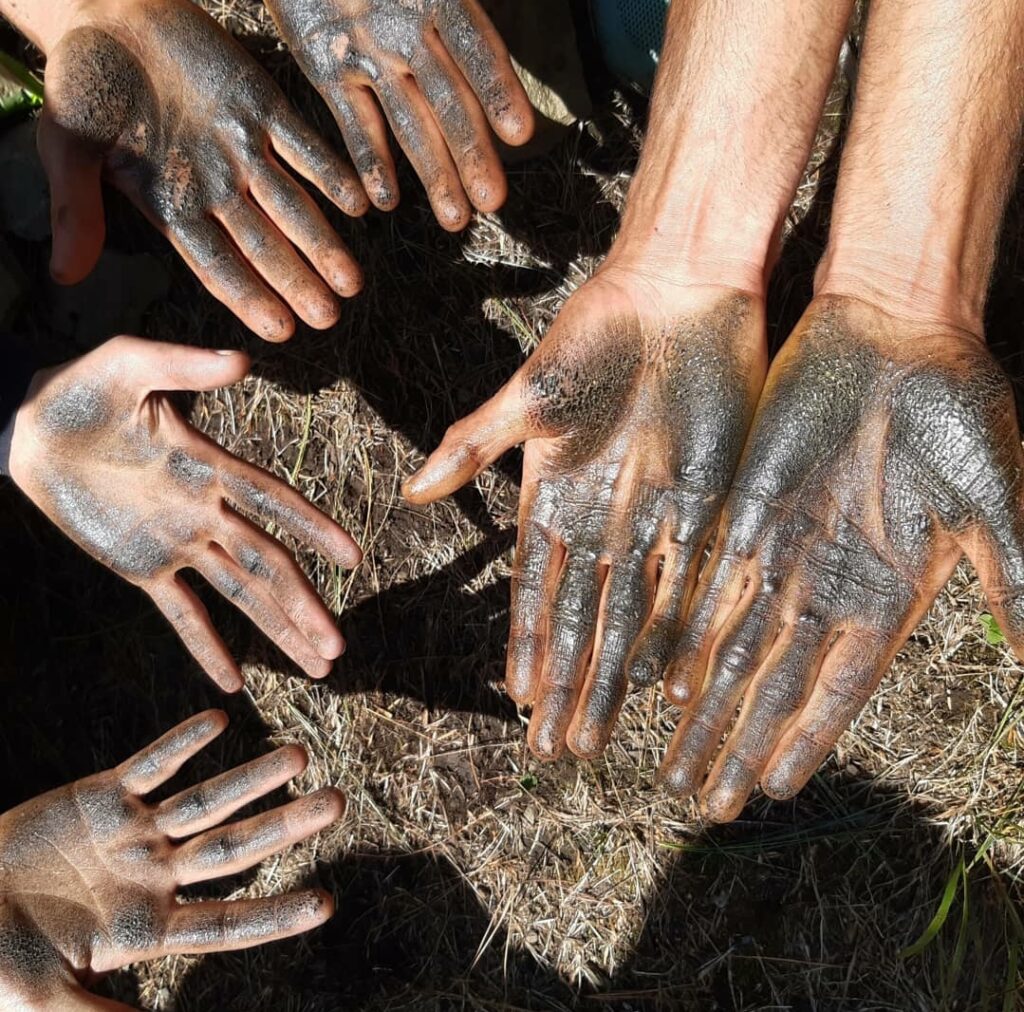
Leafly: What is the Indian Landrace Exchange doing to help these farmers?
Chaudhary: We became a bridge between the indigenous world and the world of legal cannabis.
There are quite a number of options available to people in this new legal industry when it comes to finance. However, this doesn’t apply to people in traditional cannabis habitats – although they do most of the work.
If these local farmers want to sell their resin, they cannot do their own business. They have to hand everything over to organized underground groups that control the distribution to large markets where they can get a good price for it. Part of this wholesale price goes back to the growers, but not enough.
No matter which indigenous community you visit, they are all struggling – despite their growth. But if we can help preserve their landrace genetics while also helping them sell seeds to people around the world, the dynamic will change.
Big, stemmed cannabis in Kashmir
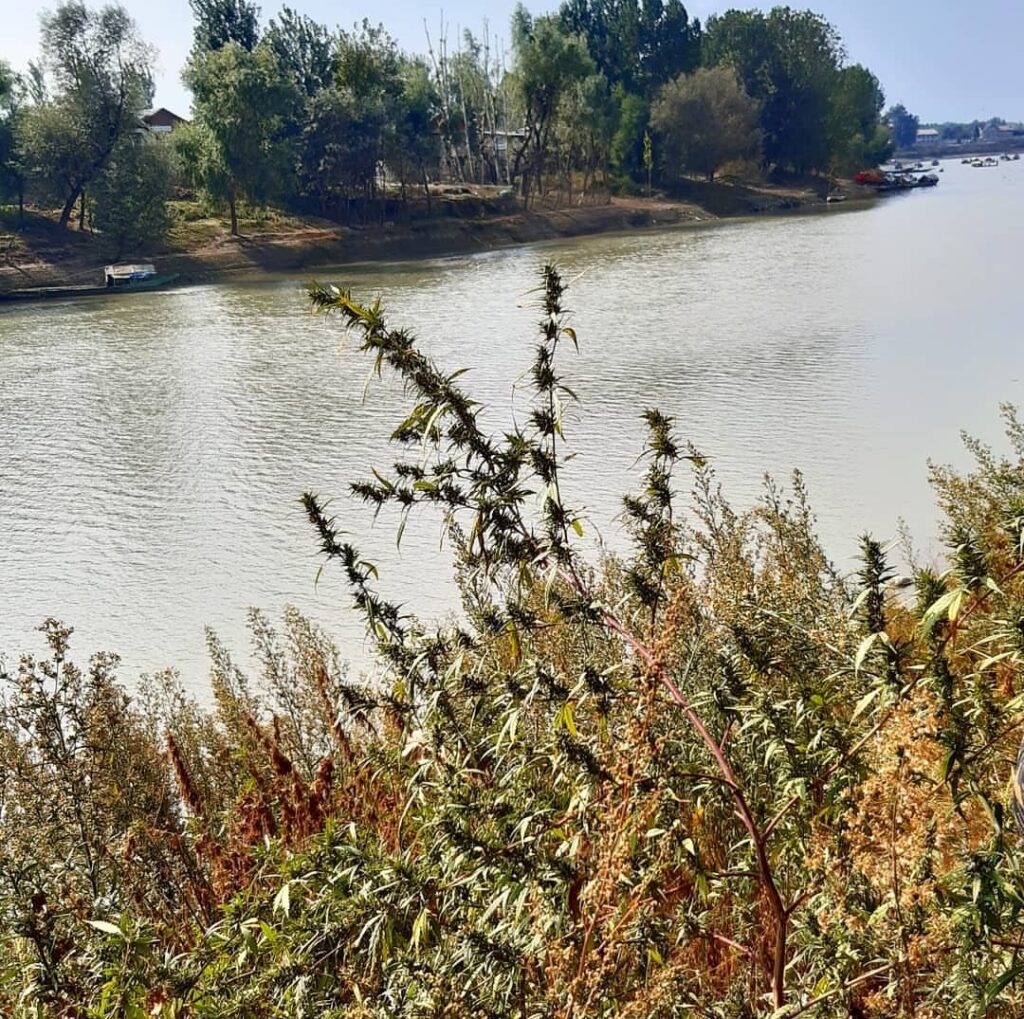
Leafly: And these seeds are the “land races” right? What does this term mean for cannabis?
Chaudhary: A cannabis strain that has adapted to a specific locale over time could be classified as a landrace cannabis strain, although there are many different ways to subdivide it further depending on how it evolved. By mapping the genome of plants grown in indigenous communities, we were able to demonstrate that they are unique indigenous varieties that date back thousands of years.
“Our first priority is conservation. Then we make sure that a fair share of the income from the sale of these seeds goes to the farmers. ”
– Deepak Chaudhary, Indian Landrace Exchange
Our first priority has always been conservation. Then we make sure that a fair share of the income from the sale of these seeds goes to these farmers. Some people will go to these aborigines and pay them $ 1,000 for a million seeds. That’s a lot of money in these communities – but they’re also doing the same colonialist thing that has always happened.
We create small collectives among the local farmers. I tell them, “Every year we come back and take some samples from each of your fields.” And then I show them all of my expenses and incomes and explain that their unique landrace genetics are even more valuable than the resin they produce.
It is sometimes very difficult for them to fathom until I start paying them more money than they made out of the resin. And that not only helps to free the people financially, but also assures them that – should anything happen to their crops – they still have to save those seeds. Because as long as you have the seeds, you have everything.
End product: old school hash
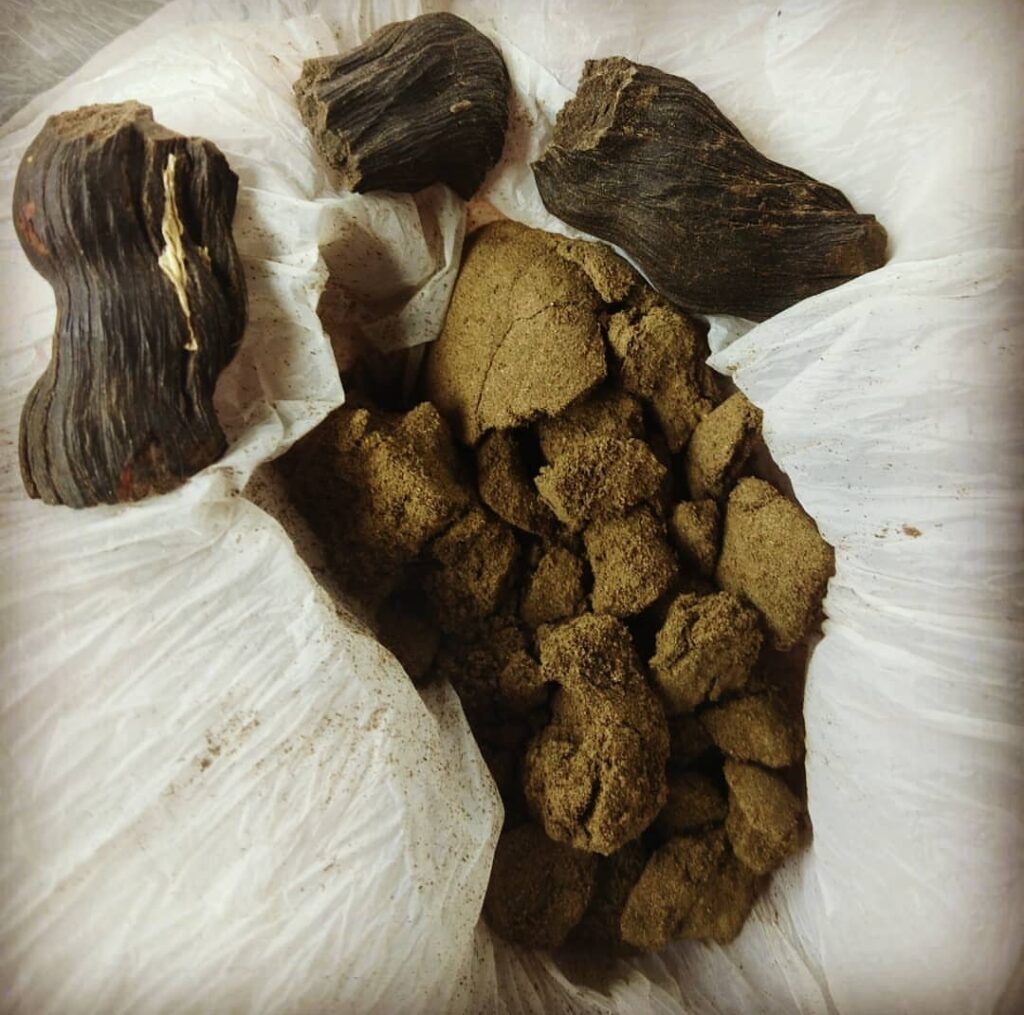
Leafly: What’s a good example of how this is changing the dynamics for farmers?
Chaudhary: In the town of Mastung in the Pakistani province of Balochistan, we worked with a producer who had a water crisis in a dry place where you have to dig a thousand feet down to get to the groundwater. That costs a lot of money. So we arranged a few seed sales – while maintaining and documenting his genetics – and that brought him enough income to pay to dig a well. It is not something that will change a person’s whole life, but it is significant. We try to do such things everywhere.

Leafly: How are seeds made available to growers in Europe and North America?
Chaudhary: All of the information we have about the genetics that we collect and hold is available on our website for free. From there, I basically work with a few selected sperm banks that you can find on my Instagram page.
Whether you are an American or a European breeder, my first suggestion would be to check out my Instagram feed and find out about different genetics from different regions. We also document all of the tours we take so that you can assign each of these land races to the community in which it grows. It’s important to find one that will grow well in the climate you live in. That is why we make this information available.
David beehive
Veteran cannabis journalist David Bienenstock is the author of How to Smoke Pot (Correct): A High-profile Guide to Getting High “(2016 – Penguin / Random House) and co-host and co-creator of the podcast” Great Moments in “Weed Story With Abdullah and Bean. “Follow him on Twitter @pot_handbook.
View David Beehive’s articles
By submitting this form you are subscribed to Leafly news and promotional emails and agree to Leafly’s Terms of Use and Privacy Policy. You can unsubscribe from Leafly email messages at any time.

Post a comment: